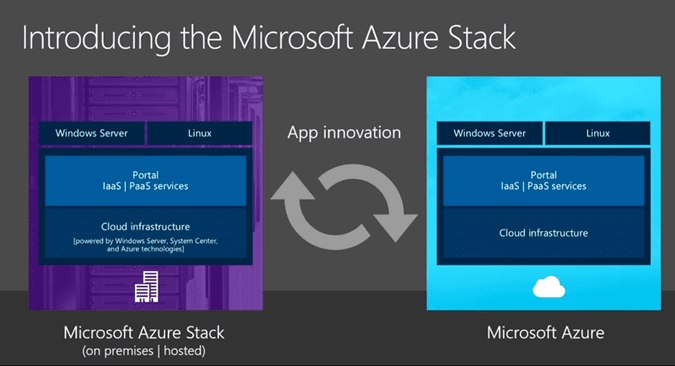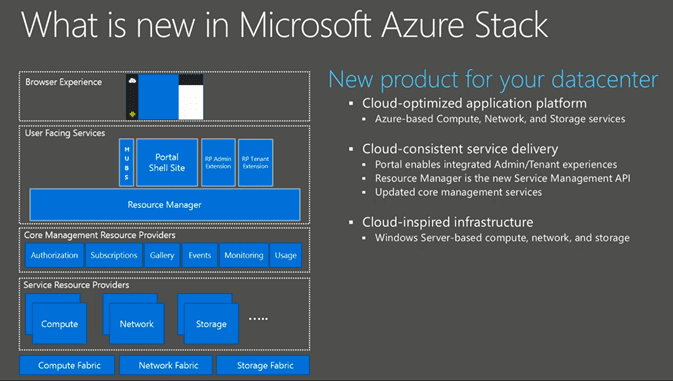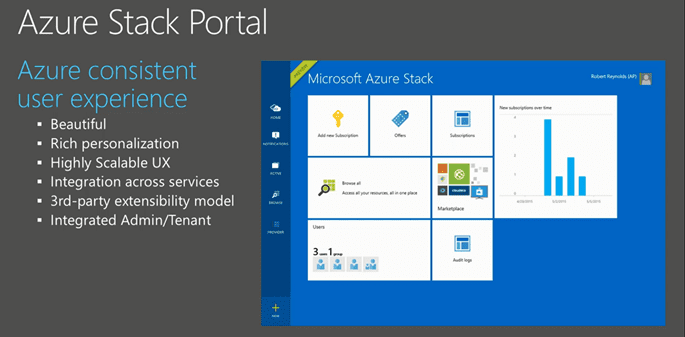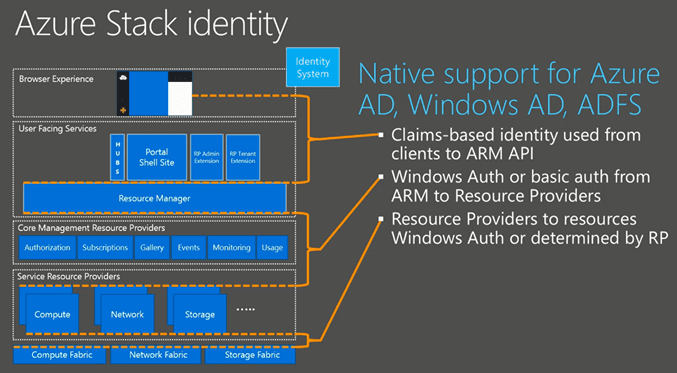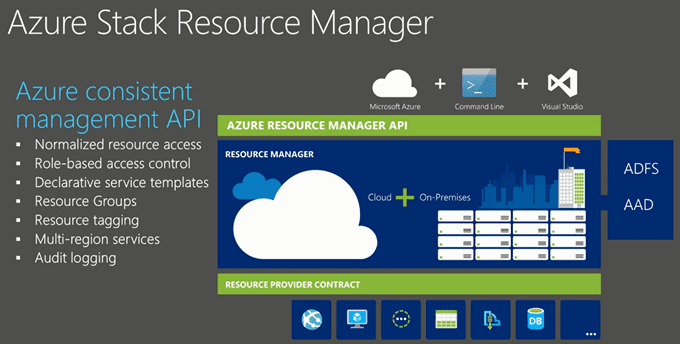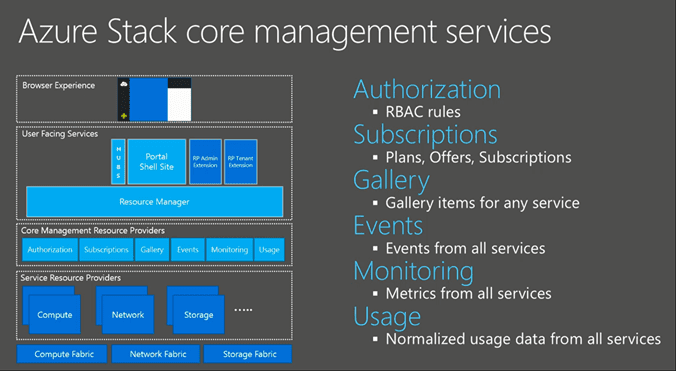Ignite 2017 Key takeaways
This was the first year I have not attended Microsoft Ignite, due to unforeseen circumstances. But this didn’t stop me from covering Ignite 2017. So here we go…

Ignite 2017 this year has about 25k attendees. During the same time as Ignite, they are also running Microsoft Envision. This is more focused to business leaders across industries. Its main focus is to have Business Leaders understand and manage their organizations in the Digital Age.
Ignite 2017 Attendee Breakout
- 47 % ITI/IT Pros
- 34% Developers
- 19% ITDM.
Top Industries Attended
- 34% IT and Software (flat YoY)
- 20% Education
- 9% Healthcare
- 9% Manufacturing
- 9% Professional & Business Services
Ignite Keynotes Summary and Links
- Satya Nadella – CEO
- Kirk Koenigsbauer (Modern Workplace)
- Jame Phillips (Business Applications)
- Scott Guthrie (The Enterprise Cloud)

Modern Workplace

Key Takeaways – Modern Workplace
Expanding Microsoft 365
- Microsoft 365 Firstline offering and Microsoft 365 Education
- New Windows 10 S devices from HP, Lenovo, Acer and Fujitsu starting at $275 USD
Intelligent personalized search power by Microsoft Graph
- Bing for business
- LinkedIn data integrated with Office 365 profile card
- Office 365 search & discovery improvements
- Windows 10 taskbar search
Intelligent Communications vision
- Bring voice and video + new cognitive and data services into Micro Teams
Advances in Intelligent Security
- Integrated Adminced threat Protection using Intelligent Security Graph
- Better data protection and access control across Microsoft 365
- New Compliance Manager, a single GDPR dashboard
Modernizing Business Process with Cloud and AI
Key Takeaways – Business Applications
New Microsoft Dynamics 365 AI Solutions
- First solutions for customer care includes a virtual agent for customers, an intelligent assistant for support staff and conversational AI management tools, power by Microsoft AI
- HP, Macy’s, and Microsoft already using this technology to improve customer satisfaction and handle more requests, more quickly
Modular apps for Dynamics 365
- New modular apps are lightweight SaS services designed to transform one business process at a time
- Work with Dynamics 3 business apps or can be used independently
- Extend existing systems of record, integrate with Office 365 and augment with LinkedIn insights.
- First to allow talent leaders and hiring managers to address a company’s most important asset, people
- Attract: focused on recruiting | Onboard: helps you make new employees successful – Available later this year.
Deeper integration for PowerApps and Microsoft Flow + Office 365 and Dynamics 365
- Rapidly build apps, automate tasks, simplify workflows and solve unique business problems.
- Allow any business user familiar with InfoPath forms, Access databases or SharePoint list. This allows customers to build apps that help them achieve more, on a single no-code/low code platform.
Apps and Infra/Data and AI
- Every customer is an AI customer
The Enterprise Cloud
Key Takeaways – Hybrid
Delivering true hybrid consistency
- Azure Stack shipping through OEM partners including Dell EMC, HPE, and Lenovo
- Database Migration Service (DMS)
Empowering customer to optimize costs
- Azure Hybrid Benefit for SQL server
- Azure Cost Management by CFloudyn – free to all Azure subscriptions
Key Takeaways – Intelligence
Any data, any place
- SQL Server on Linux Windows and Docker availability with SQL Server 2017 GA’
One convenient workbench for data scientists and AI developers
- Azure Machine Learning Updates
Build intelligent apps at global scale
- Azure Cosmos DB and Azure Functions integration
Performance and Scale for mission-critical analytic apps
- Azure SQL Data Warehouse preview release of new “optimized for compute” performance tier
Cloud for Good – Key takeaways
To empower nonprofits, Microsoft Philanthropies will:
- Microsoft has announced they met their 2016 commitment to donate $1 billion in cloud computing resources to nonprofits
- Continue the cloud donations program, and triple the number of nonprofits Microsoft serves over the next three years
- Launch a new Tech for Social Impact group, and the first offers, announced this week include:
- Microsoft 365 for Nonprofits
- Nonprofit Surface discounts for the first time ever
To get more detailed information about these announcements, please see links below or check out the Ignite2017 Site.
Official Microsoft Blog
Office Blogs
EMS Blog
Dynamics Blog
Azure Blog
Hybrid Cloud Blog
Data Platform Blogs

Until next time, Rob.

